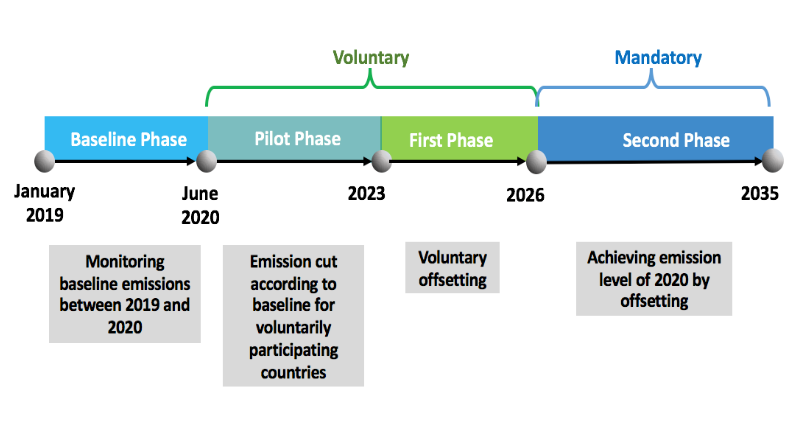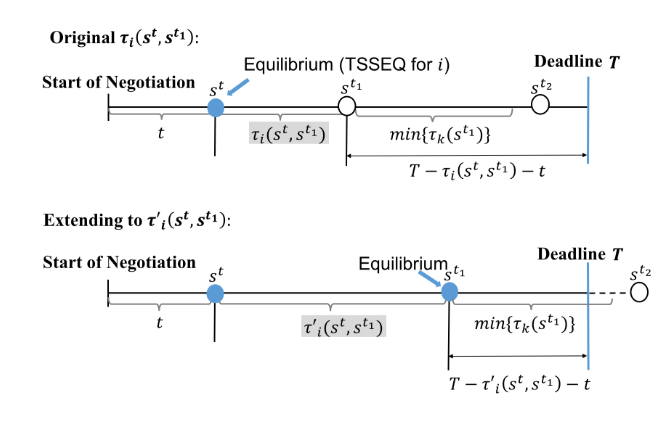In negotiation, decisions should not only be wise, but also be made at “the right time”. The existing methodologies are not fully capable for decision makers like national governments of finding the “right time” to gain the upper-hand and reach agreements in negotiations such as the carbon mitigation negotiation under Carbon Offsetting and Reduction Scheme for International Aviation (CORSIA).
These challenges are responded by Associate Professor Shawei He in his recently research article “A Time Sensitive Graph Model for Conflict Resolution with Application to International Air Carbon Negotiation” published in European Journal of Operational Research (EJOR), a high-ranking journal in operational research with 4 stars according to the ABS index.
In this paper, He has developed a time sensitive graph model for conflict resolution by considering uneven length of time required for taking actions and the constraints of deadlines. In this novel methodology, time sensitive unilateral improvements and stabilities are newly defined, which can explain why the actual outcomes in the real world are sometimes different from the equilibrium calculated by using classical graph models. By applying this methodology, the evolution of CORSIA negotiation are explained and predicted by considering the impacts of the COVID-19 Pandemic on the mitigation goals. The abstract of this paper is provided as follows.
The uneven time required for decision making by negotiators can greatly affect the results of international negotiations. A novel time sensitive graph model is developed to analyze international negotiations in which the duration of time is different for negotiators, or called decision makers, to implement each action. In this novel model, the process of negotiation is divided into multiple phases. Decision makers may fail to achieve desired outcomes due to time constraints when approaching the deadline of each stage. Time sensitive stabilities are defined to describe this particular behavior patterns of decision makers. The interrelationships between classical stabilities and time sensitive stabilities are investigated. Propositions are provided to indicate how equilibrium can be affected by the change of action time. This novel methodology is applied to an air carbon negotiation participated by three representative decision makers, the European Union (EU), major developing countries, and the United States (US), under the Carbon Offsetting and Reduction Scheme for International Aviation (CORSIA). The time sensitive equilibrium at the end of Baseline Phase explains modification of the requirements for monitoring the CORSIA baseline emissions under the impact of the COVID-19 pandemic. The time sensitive equilibrium achieved after June 2020 suggests that the EU Carbon Trading System for Monitoring Air Carbon Baseline (EU ETS MRV) could be adjusted by the end of the Pilot Phase provided that both developing and non-EU developed countries put the EU under pressure by filing appeals at the International Civil Aviation Organization (ICAO) meetings not later than March 2022.

Fig. 1 Timeline of CORSIA negotiation

Fig. 2. Evolution to equilibrium before and after extending Time of Move τ_i (s^t,s^(t_1 ))
Please access the full version of this paper for further reading via:
Shawei He (2022). A Time Sensitive Graph Model for Conflict Resolution with Application to International Air Carbon Negotiation, European Journal of Operational Research, Online for Publication https://doi.org/10.1016/j.ejor.2022.01.019.

Nanjing University of Aeronautics and Astronautics
Copyright 2017 | All Rights Reserved with NUAA
